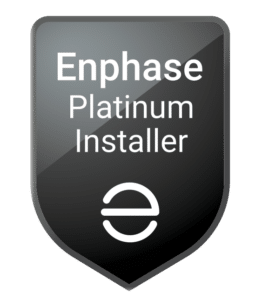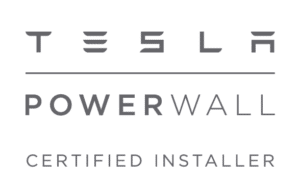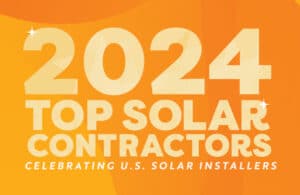Many Massachusetts homeowners and businesses thinking about upgrading to solar wonder: Is it better to go solar now, or hold out in the hopes that the next best thing will suddenly come to market?
While it’s an appealing idea (and hey, it worked for flatscreen TVs and computers), the reality is that there are a number of reasons why the smart decision is to schedule solar panel installation sooner rather than later.
Here are 4 reasons to consider solar in 2022 rather than waiting for the next best thing:
1. Best Solar Products Are Available Now
My Generation Energy installs best-in-class solar panels and products that have been tried and tested to perform at peak efficiency for their lifespan. We work exclusively with suppliers at the forefront of the solar industry, and our systems come with manufacturer warranties that you can count on.
New, heavily anticipated solar products, like solar shingles, have been greatly hyped up over the last few years, but their release date(s) remain uncertain. Deadlines have been continually pushed back, making the products not only inaccessible to homeowners, but also preventing true testing of their longevity and performance. With My Generation Energy, you can rest assured knowing that our systems are always designed with the utmost care and attention to performance.
2. Price of Solar Has Declined Over the Last Decade
The cost of installing rooftop solar has declined over the last decade and here in Massachusetts the price has fallen by 11% in the last 5 years.
Using our flat screen technology example, new flat screens were expensive when they first came out. Limited supply, new technology, and high demand drove up costs to the consumer. However, over time, with more competition on the market and other manufacturing efficiencies, the price of flat screens declined. The same is true of solar-solar panels started off unaffordable for many, but have steadily decreased in cost since their release.
To be an early adopter of a new tech product on the market, you’re going to have to pay a premium. While this premium might have been worth it when it came to flat screen TVs in the early 2000s, the potential high cost of future solar technology makes less sense if you’re looking for the greatest return on your investment.
Over the last decade, the quality of solar panels has steadily improved and, with the help of solar incentives, increased production, and greater awareness, the cost of going solar is more affordable now than it was 10 years ago. However, for the first time in history, the price of solar is starting to go up as materials, labor, and even permitting fees are increasing. At the same time, incentives are slowly starting to decrease from SMART incentives to the federal solar tax credit (more this below). So waiting on technology could mean losing out on current prices and bigger solar incentives now.
3. Benefit from Solar Now and Guarantee Your Payback Period
As soon as your solar energy system is up and running, you’ll be reducing your electricity bill by taking advantage of free renewable solar energy. Depending on the size of your system and add-ons like solar battery storage, you could even eliminate your electricity bill completely.
Most households pay back the upfront cost of solar panels in less than 7 years, and since panels last an average of 30 years, that’s decades of completely free electricity.
If you wait 5 years from now to see if new solar products come to market, you’ll also have to pay for 5 more years of power at full price with all the volatile increases that come along with it. Commercial solar systems are paid off under 5 years and most residential solar energy systems will be only a year or two away from breaking even.
Also there is no guarantee of what your payback period will be with new solar technologies at a premium new technology price. You might then be waiting another 5 years to see if those prices come down or for the next best thing in the evolution of solar technology to hit the market. Break the cycle and guarantee your payback period with solar panels that are available today.
4. Will Solar Incentives Be Around in 5 or 10 Years?
The federal solar tax credit, or the Solar Investment Tax Credit (ITC), is the most well-known solar incentive available, and for good reason: it reduces most commercial and residential solar installation costs by thousands of dollars. But it may not be around forever-2022 is the last year to qualify for the current 26% tax credit rate (unless it gets extended but there is no guarantee!).
Starting in 2023, the credit is scheduled to drop to 22% and then to be completely eliminated for residential solar starting in 2024.
The longer you wait, the smaller the federal solar tax credit you’ll be able to use to offset solar installation costs – or none at all! So if you’re planning to wait for new solar technology, you might not see the level of solar incentives that are available to consumers today.
Schedule a Free Solar Analysis with My Generation Energy in 2022
Interested in solar but not sure where to start? Give our team a call. Since 2008, My Generation Energy has been the solar provider near you helping install hundreds of residential and commercial solar panel systems in Cape Cod, the greater Boston area, the South Coast, and the South Shore in Massachusetts.
With our free solar quote, we’ll do a site assessment to determine the best location and placement for solar panels on your home, business, or property, and use special calculations to determine how much energy you’ll need and the size of your system.





